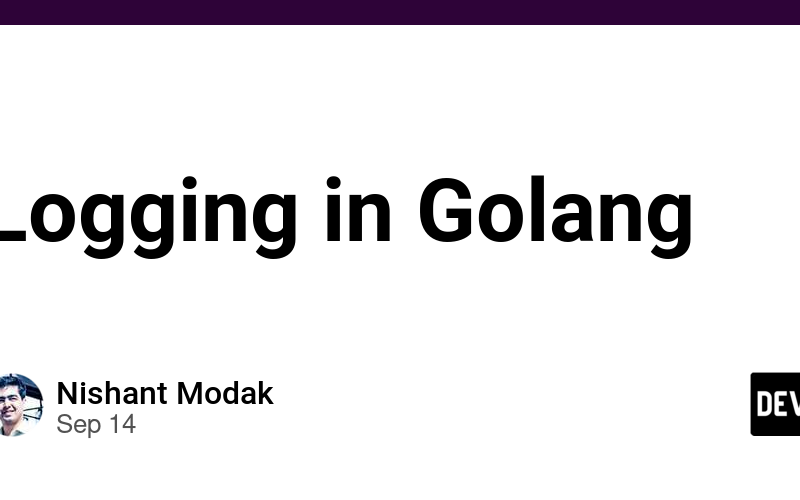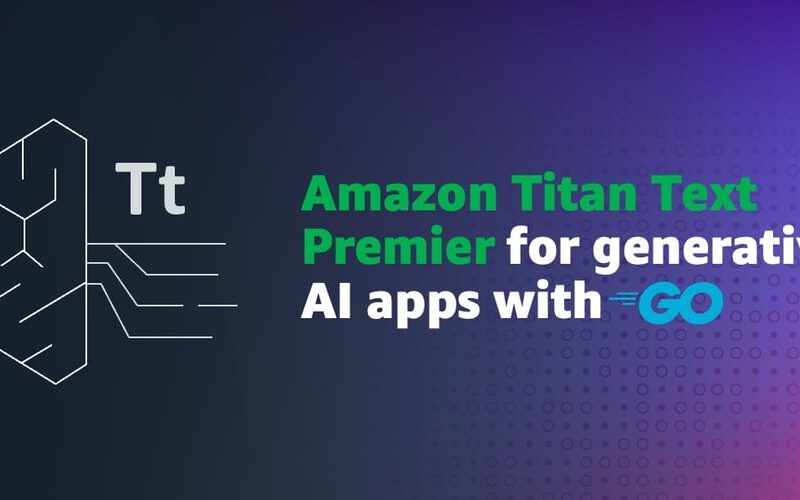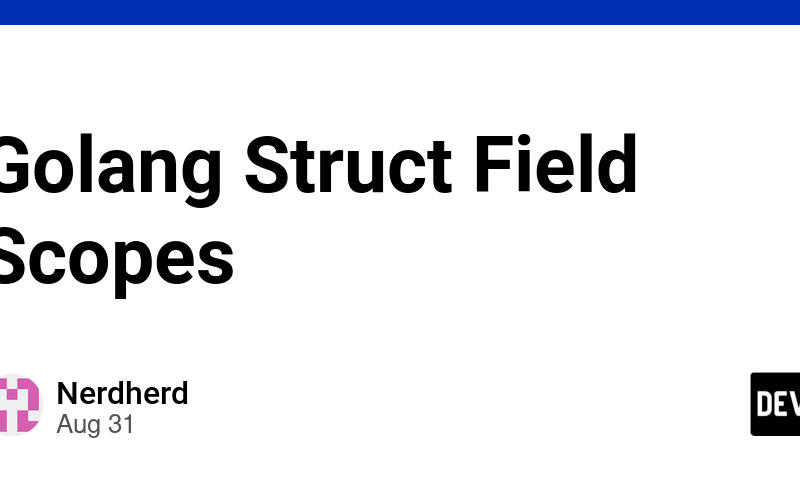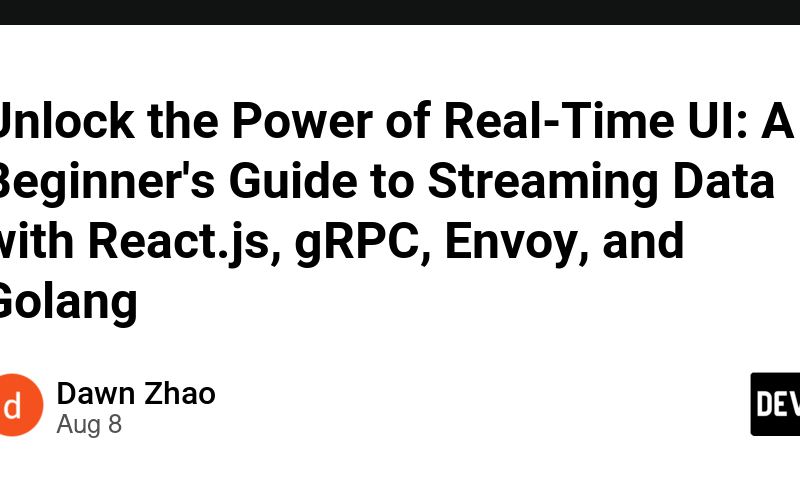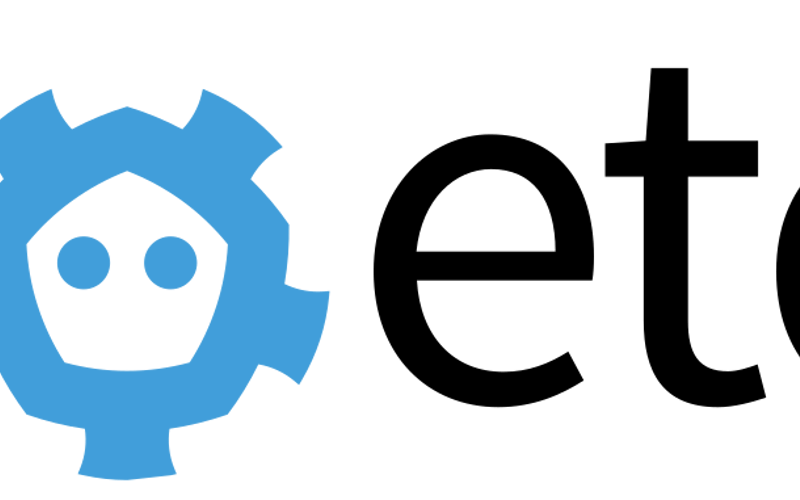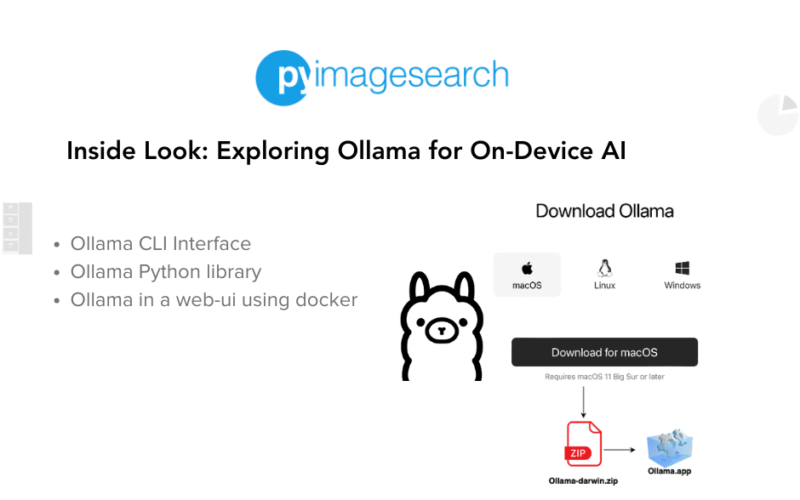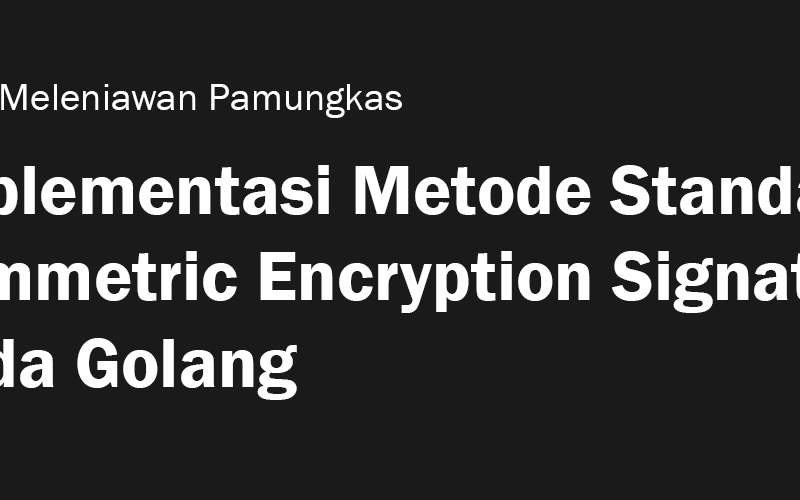14
Sep
Practical insights into Golang logging, including how to use the log package, popular third-party libraries, and tips for structured logging. Table of Contents Introduction to Golang Logging The Standard Library: log Package How I Learned to Stop Worrying and Love fmt.Println() Popular Third-Party Logging Libraries Because Reinventing the wheel is so 2000s Structured Logging in Go JSON: Its whats for dinner Configuring Log Levels and Output Formats Choosing your adventure Integrating with Observability Platforms Because logs are lonely without metrics and traces Best Practices and Performance Considerations How to not shoot yourself in the foot Real-World Examples I really have…

